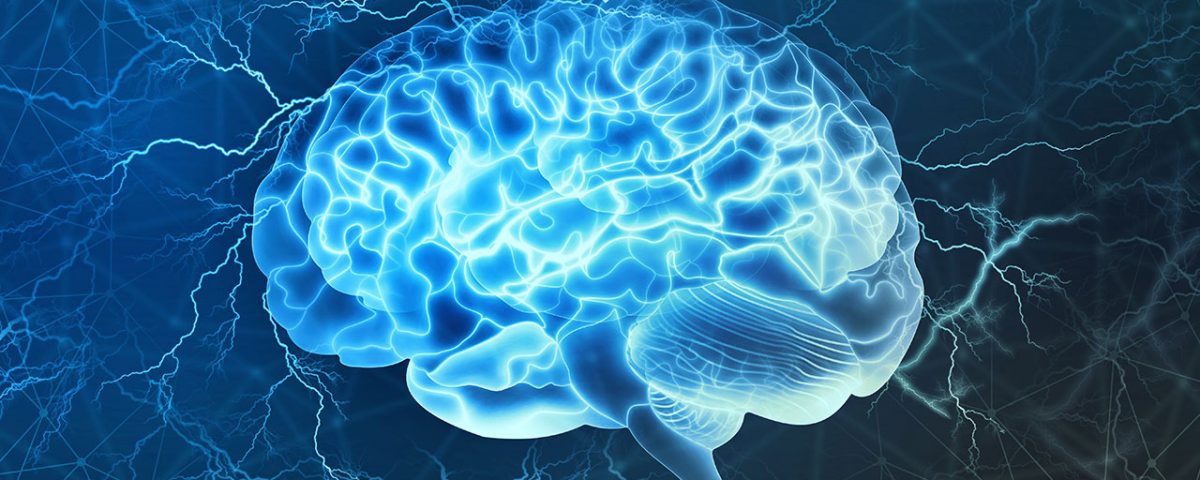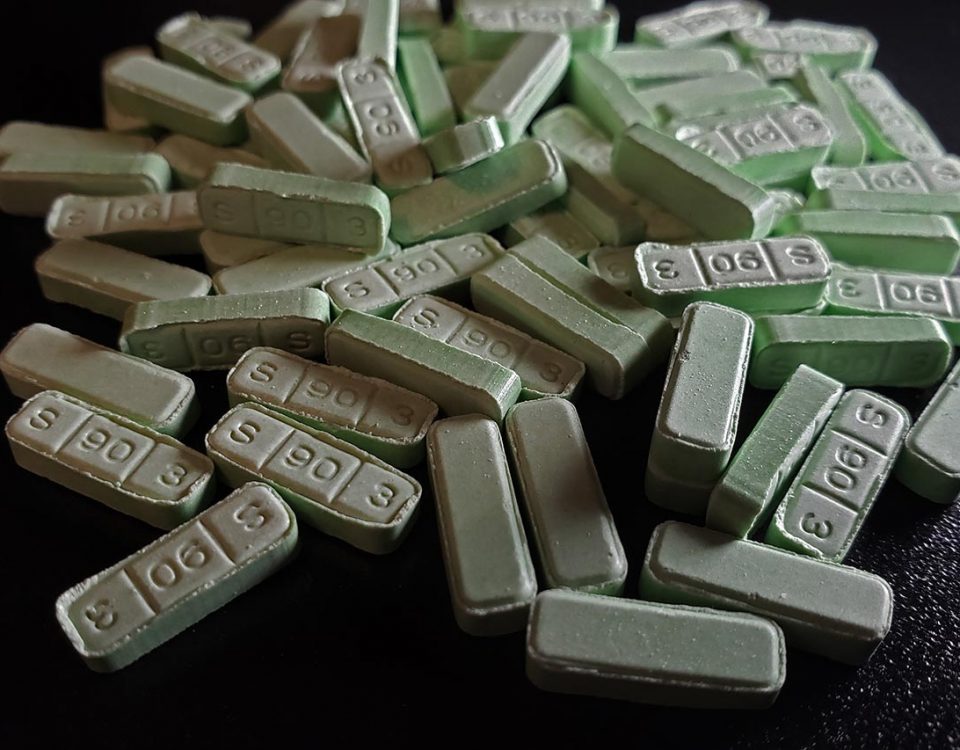The brain is a complex organ that controls everything we do, both involuntarily and voluntarily.
From our breathing to our body temperature to the way we swing our arms when we walk, the brain is the powerhouse of our thoughts, actions, feelings - you name it. In addition to controlling functions that regulate the body, the brain can also modify and rewire itself, a phenomenon known as neuroplasticity. Because of this ability, we can learn new things, solve complex problems, and recover from harmful habits like drug and alcohol abuse. Today, our rehab in Boston is looking into neuroplasticity and addiction and how this ability can be utilized to treat substance use disorders.
What Is Neuroplasticity?
Also known as neural plasticity or brain plasticity, neuroplasticity refers to the brain’s ability to modify, change, and adapt its structure and function in response to new experiences. It allows the brain to create new neural pathways and synapses due to changes in behaviors, environmental factors, neural processes, and changes caused by bodily harm.
Neuroplasticity ranges from small changes caused by learning to large-scale remapping like cortical remapping in response to injury, and this healing has a lot to do with brain plasticity. Neuro refers to neurons, the nerve cells that make up the brain and nervous system, and plasticity refers to the brain’s malleability or “flexibility” to learn and change.
The brain is made up of roughly 86 billion neurons. The space between these neurons, called the synapse, is where two nerve cells pass impulses via neurotransmitters (like dopamine or serotonin). Neurons use these small structures to communicate with each other. As we age, some synaptic connections become stronger, while others weaken.
Types of Neuroplasticity
There are two different kinds of neuroplasticity:
- Functional plasticity: The brain’s ability to switch functions from an injured area of the brain to an uninjured area
- Structural plasticity: The brain’s ability to change its physical structure as a result of learning
Brain plasticity is important because it allows us to learn new skills, enhance our existing cognitive abilities, recover from strokes or other forms of brain injury, and improve brain fitness. These changes are constant from the time we’re children, during which the most changes are seen from learning. But as we get older, fewer synapses are created, all because of synaptic pruning.
What Is Synaptic Pruning?
Synaptic pruning refers to the process of gaining and losing certain synaptic connections. As we get older and continue learning, some of these connections are strengthened, while others are lost.
By developing new connections and pruning or picking away the weak ones, our brains can change and adapt according to what we’ve learned. Neuroplasticity is an ongoing process that continues as we get older.
In addition to brain cells, other neurons are also involved in this process, including glial and vascular cells. These cells allow us to learn new things according to our experiences, create new memories, and even heal from severe brain injury.
In brain injury or stroke, certain areas of the brain associated with particular functions may be damaged. However, neuroplasticity allows the brain to reassign these functions to healthier regions, restoring the lost abilities.
However, it’s important to note that the brain isn’t invincible, and even an ability as miraculous as brain plasticity has its limits. Certain areas of the brain, such as those that play critical roles in actions like movement, learning, speech, and cognition, can greatly suffer if damaged.
Damage to any of these key areas can result in major deficiencies in their respective roles, even contributing to certain disorders or conditions. While neuroplasticity is the brain’s attempt to recover any lost functions, depending on the severity of the injury, it’s not always the solution.
Link Between Neuroplasticity and Addiction
So how are neuroplasticity and addiction related? Well, among the various kinds of injuries that the brain may endure are drug and alcohol abuse.
Fortunately, brain plasticity allows the brain to change, learn, and develop new habits. Unfortunately, it can’t differentiate between good or bad habits and experiences, such as substance abuse. The brain learns repeated habits, whether they’re good or bad. As a result, neuroplasticity actually plays a role in the development of addiction.
Drugs and alcohol are addictive because of their impact on dopamine, a neurotransmitter that plays a role in feeling pleasure and pain. Often, these substances will flood nerve synapses in the brain and nervous system with dopamine and prevent it from being reabsorbed, causing a rush of euphoria and pleasure.
Repeated exposure to these substances can lead to consistently high levels of dopamine and other chemicals like serotonin and norepinephrine, influencing neuroplasticity. As the person continues to use these substances, the brain essentially rewires itself, creating new synaptic connections that encourage addiction.
These changes teach the brain to continue desiring drugs or alcohol, contributing to the individual’s habit. Fortunately, neuroplasticity plays an equally important role in addiction recovery.
Neuroplasticity and Healing the Brain
The brain plasticity that “teaches” the brain bad habits can also help us learn good ones. With the help of neural plasticity, we can heal from trauma, addiction, and mental illness.
The more we weaken unhealthy neural connections and strengthen healthy ones, the more we can retrain our brain to maintain these healthier habits. In addiction recovery, brain plasticity allows you to function without the physical need for drugs and alcohol.
Often, patients at Banyan Massachusetts will undergo medically monitored detox before starting their treatment programs so they can heal from withdrawals and become physically accustomed to living without these substances. Neuroplasticity contributes to this process, as well.
Additionally, the combination of treatments like cognitive behavioral therapy and neuroplasticity have also complimented addiction recovery. Neuroplasticity compliments treatments like CBT, which is focused on recognizing, combating, and reframing negative thoughts.
Plasticity also helps us develop healthier behaviors and coping skills. That’s why a 30 to 90-day long inpatient or outpatient program can help hard-wire new coping skills into our brains.
Neuroplasticity and changing habits also develop resilience. As time progresses, we can learn better ways to manage stress, deal with challenges, and maintain a healthy balance.
What About Second-hand Vaping and Asthma?
Can second-hand vaping cause asthma? While more research needs to be conducted, it’s safe to say that developing asthma from inhaling second-hand smoke is possible.
One 2019 study found that teenagers with asthma who were exposed to second-hand vape smoke had a 33% higher chance of having an asthma attack compared to those who weren’t exposed.4
Our Drug Treatment in Boston
Drugs and alcohol have the potential to change the way the brain functions. The longer these substances are used, the more dependent the individual becomes, both emotionally and physically.
Our specialists are trained in managing every aspect of recovery, from neuroplasticity healing to emotional recovery; we cover it all in our treatment programs. If you or someone you love is battling drug or alcohol abuse, we can help.
Get Help Today
If this sounds like you, then this is your sign to get help. Not only can a medically monitored detox help cleanse your system of any lingering drugs or alcohol, but our addiction help center also offers a multitude of substance-specific treatment programs that focus on individual substance use disorders and their causes.
Call Banyan Treatment Centers today at 888-280-4763 to learn more about our drug and alcohol treatment in Massachusetts and how we can help make long-term sobriety possible.
Related Readings:









